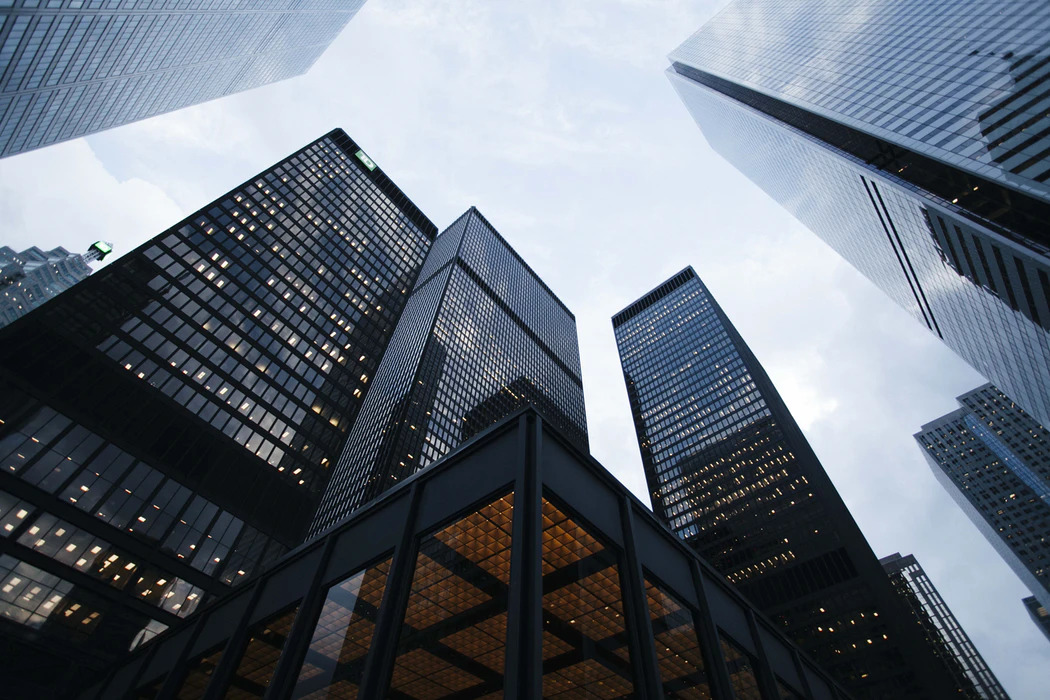Student group visit from the University of Southern Denmark
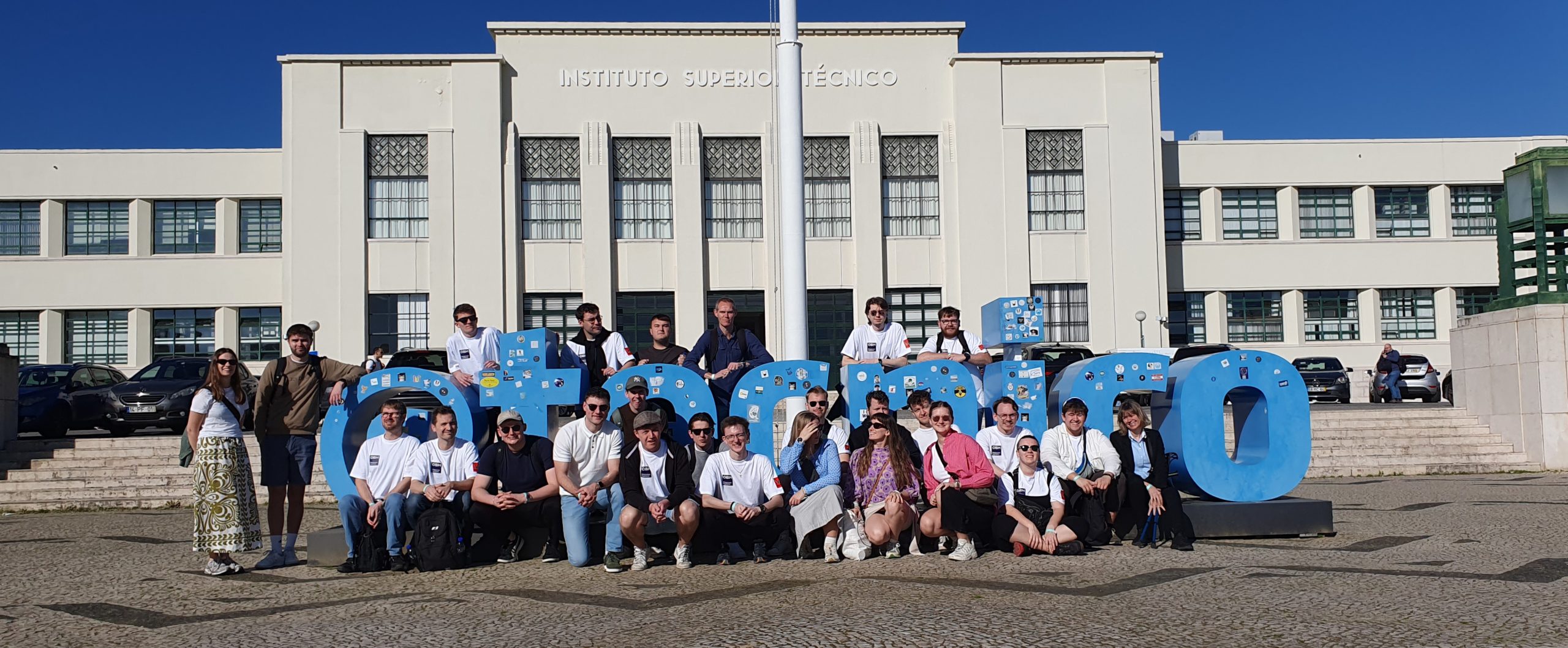
A group made up of twenty-five students from the Bachelor of Civil Engineering from the University of Southern Denmark visited DECivil on March 20th. The visit was organized by student Michelle Nowak Dupont and Professor Carlos Tiago.
This began with a short tour of the Alameda campus. At the top of the South Tower they could enjoy the magnificent view over Lisbon.
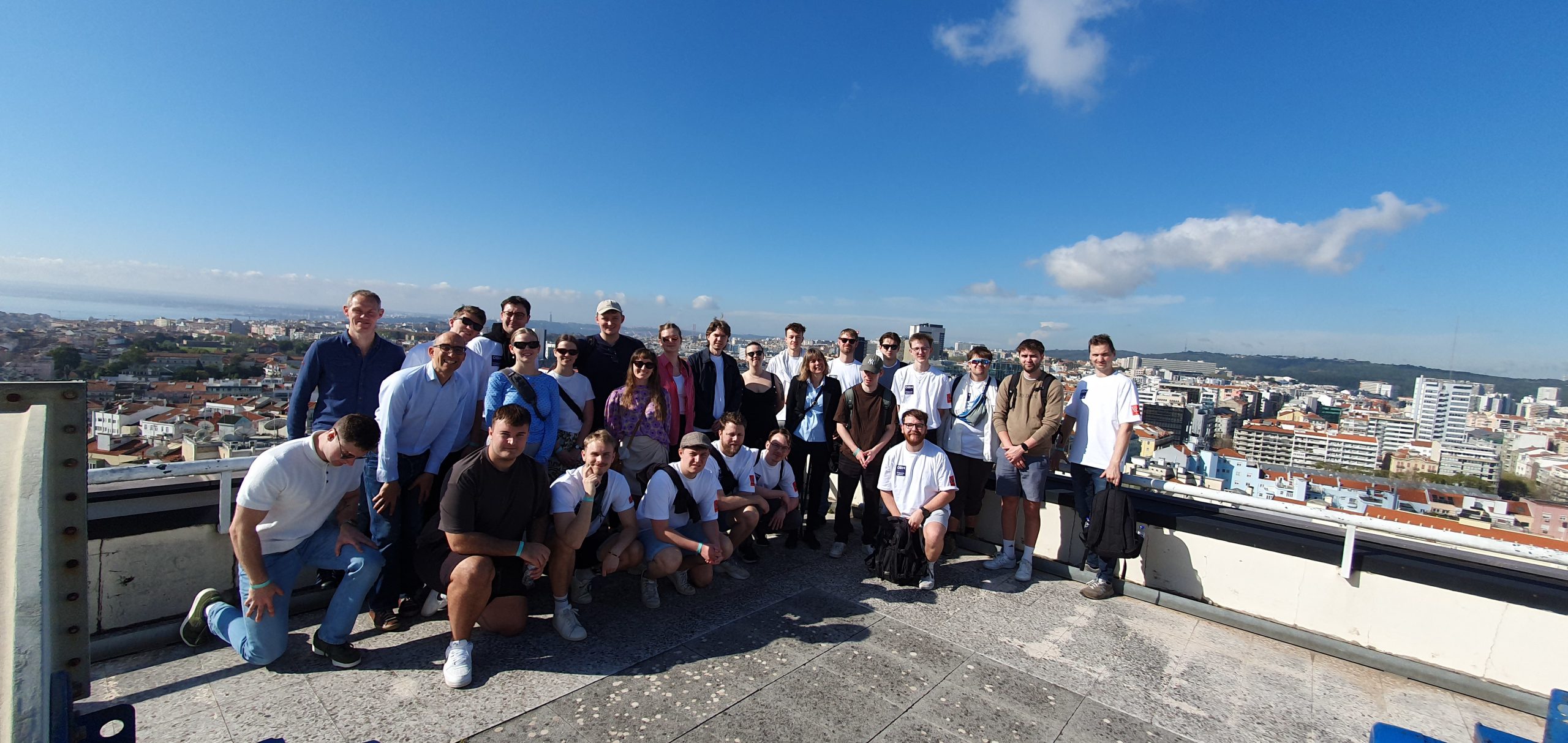
During the visit, they visited the Structures and Strength of Materials Laboratory, where they were received by Professor José Oliveira Pedro. Here they had the opportunity to observe reinforced concrete beams reinforced with carbon fibers, FRP (fiber-reinforced polymer) profiles, metallic connections between composite material profiles, the lateral buckling of a large steel beam and stone masonry walls with various reinforcement solutions. The three-dimensional porch made up of composite fiberglass profiles and concrete slabs mounted on the seismic table, the wind tunnel and the wooden structure taken from a wall of an 18th century "cage building" in Baixa Pombalina were other points of interest.
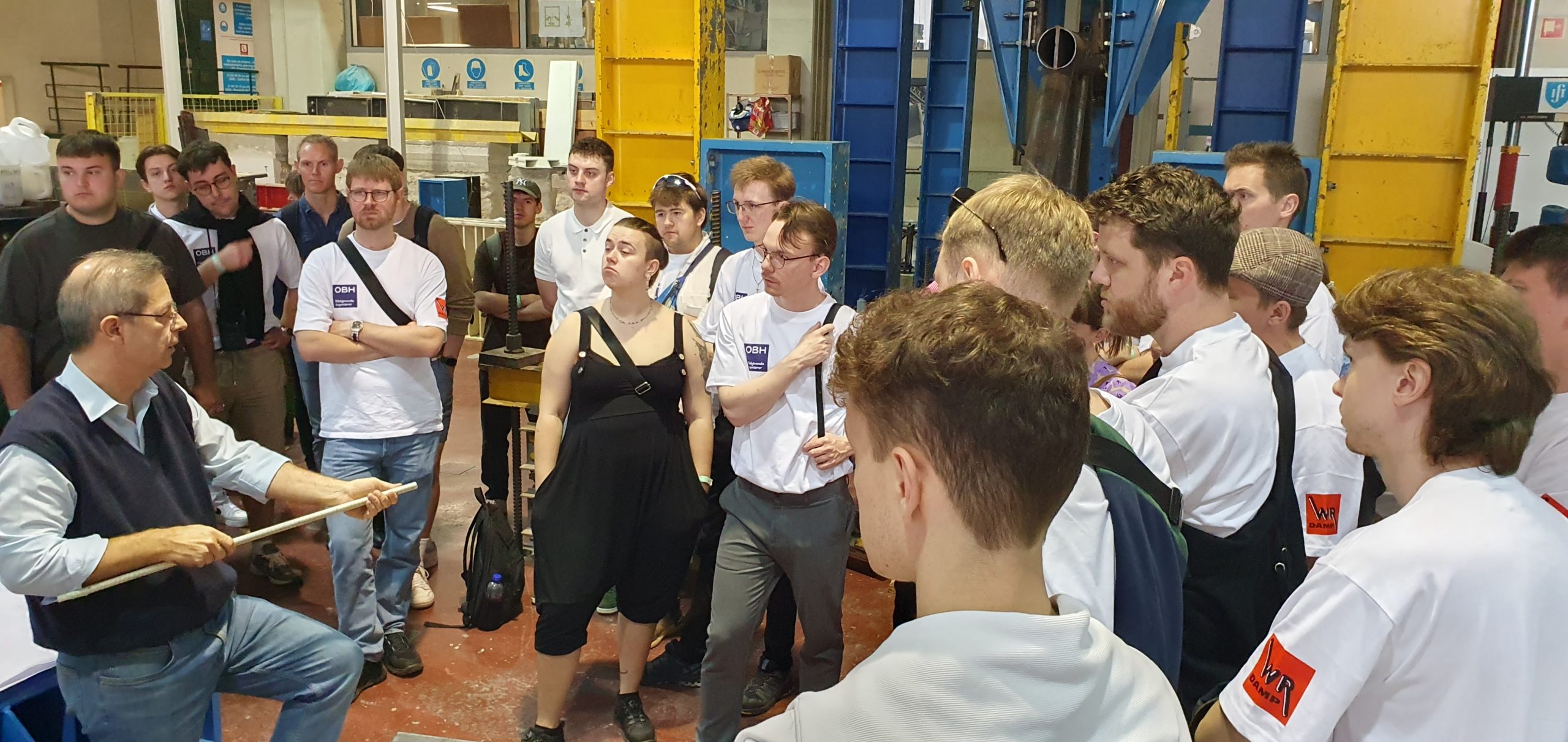
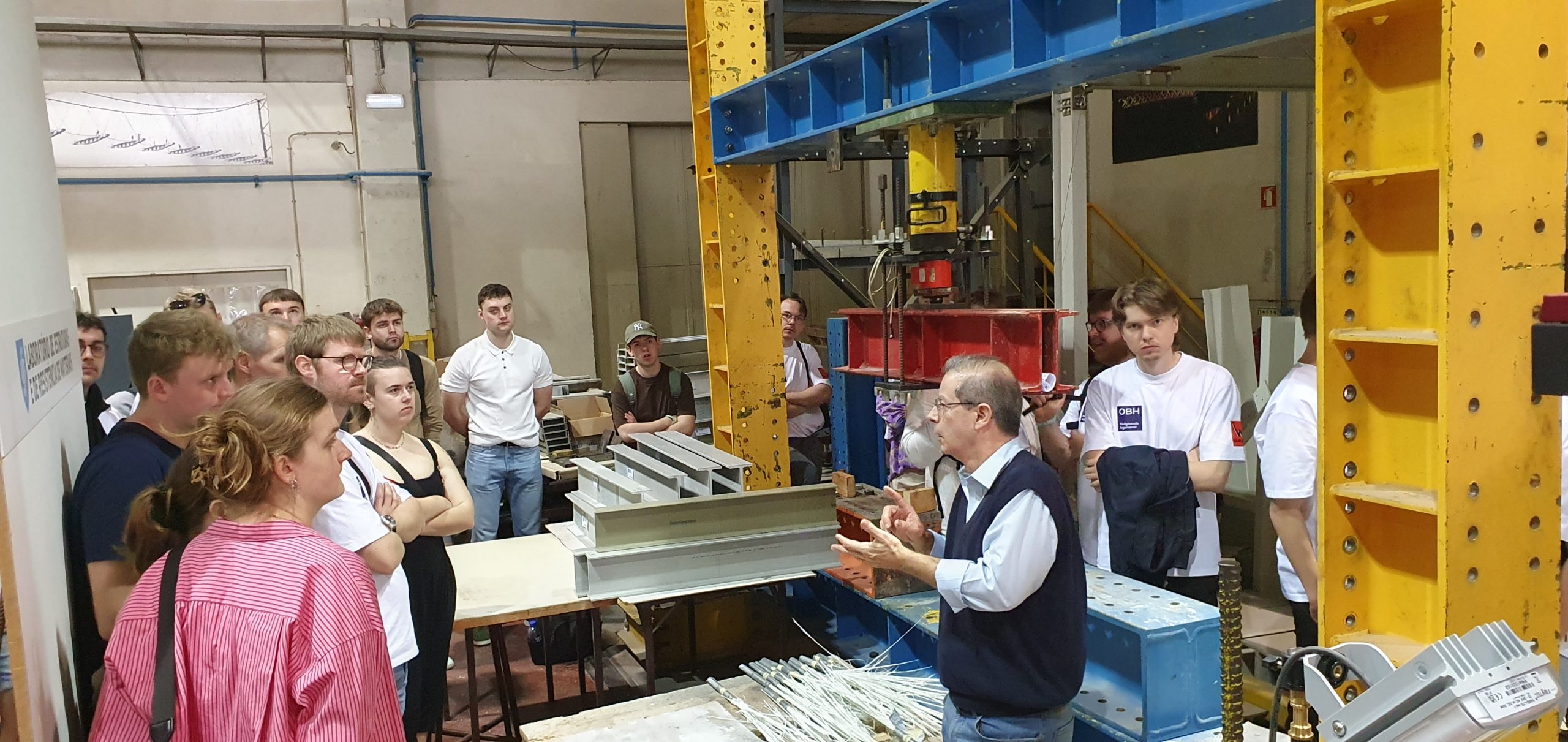
The visit to the Hydraulics, Water Resources and Environment Laboratory was carried out by Professor Dídia Covas and the student of the final year of the Civil Engineering Master, Miguel Tavares. The phenomenon of water vaporization in a transparent pipe, created by a localized pressure drop, was shown. The pressure-head variation along a variable section pipe was visualized though the water level in installed piezometric tubes along the pipe. During the visit, the process energy transfer from pressurized water inside a pipe into kinetic energy of the water jet, kinetic energy of rotation of the shaft of a Pelton turbine and conversion into electrical energy in a small generator that lighted a lamp, was observed. The phenomenon of water hammer induced by the rapid closure of a valve with the occurrence of cavitation was visualized (through the graphical representation of the temporal variation of pressure signals acquired throughout an advanced data collection system). The energy transfer process in a hydraulic wheel installed in a canal was also demonstrated. Professor Dídia Covas showed the various flow regimes in an open channel and the occurrence of a hydraulic jump. Finally, Professor Heleno Cardoso presented a brief explanation of the research being carried out in a moving bed channel with the measurement of the bottom profile and localized erosion around submerged structures (pillars).
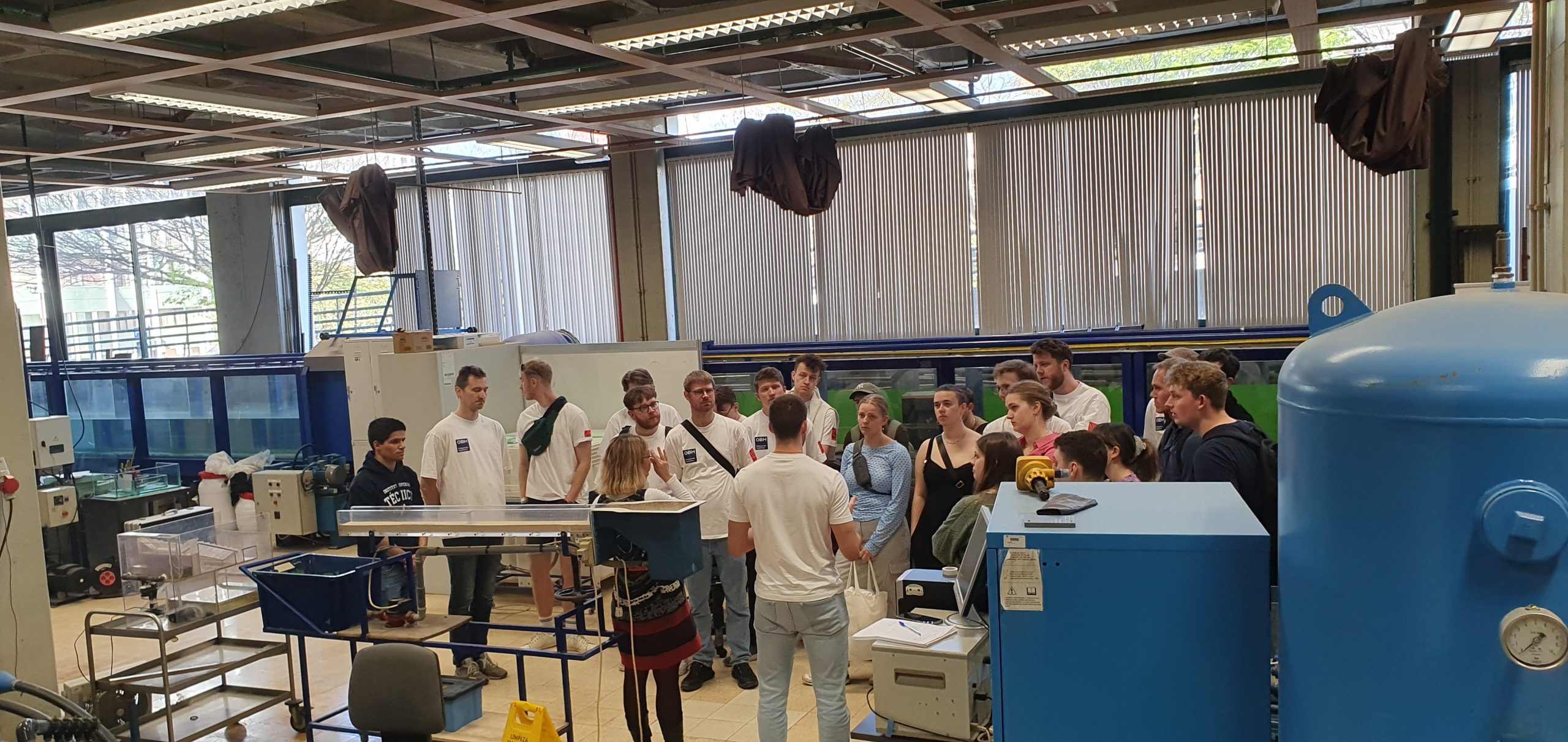
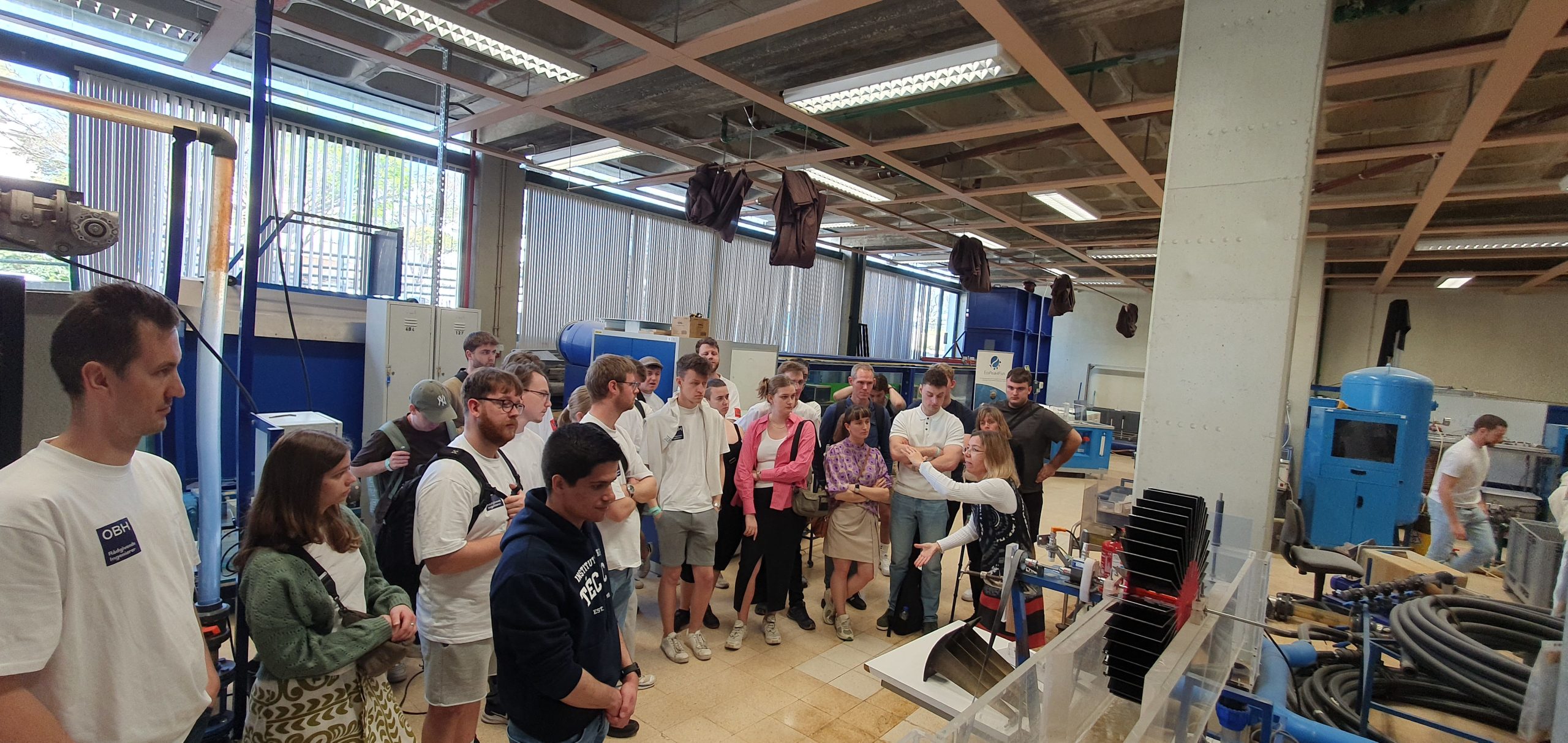
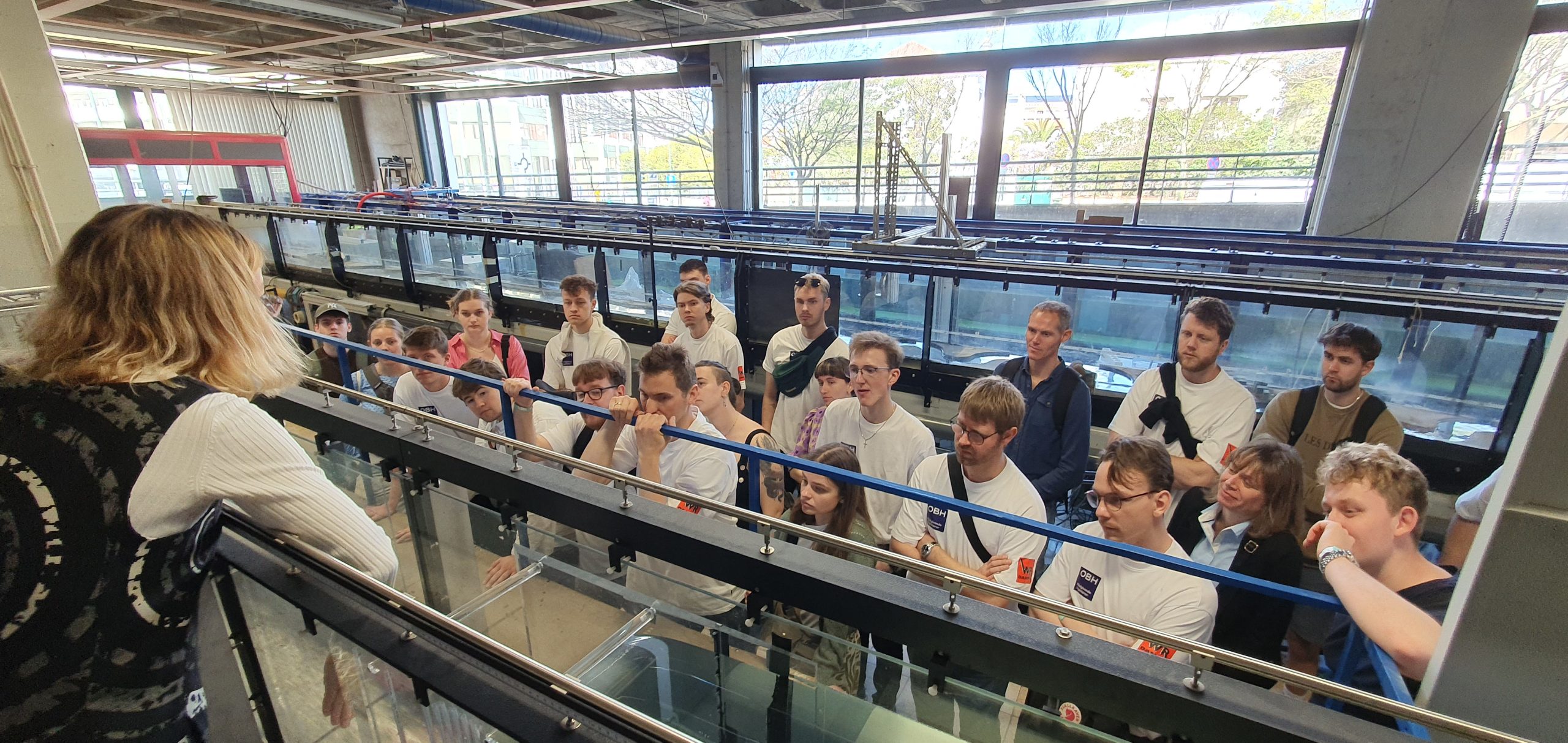
They then visited the Construction Laboratory, where they were received by Professor Rita Nogueira. Here they had the opportunity to observe some equipment such as the conditioned curing chambers, carbonation and climatic chambers. They had contact with samples of sustainable concrete such as paving blocks produced with recycled aggregates, coconut fibers and rice husk, as well as samples of cement paste subjected to accelerated carbonation tests. They also observed various raw materials used in the production of sustainable concrete, such as construction and demolition waste, glass waste or electric furnace slag. Various equipment for the production and characterization of cement mixtures, such as presses for mechanical testing, Schmidt sclerometer, ultrasonic pulse velocity or pull-off equipment, were also the focus of attention.
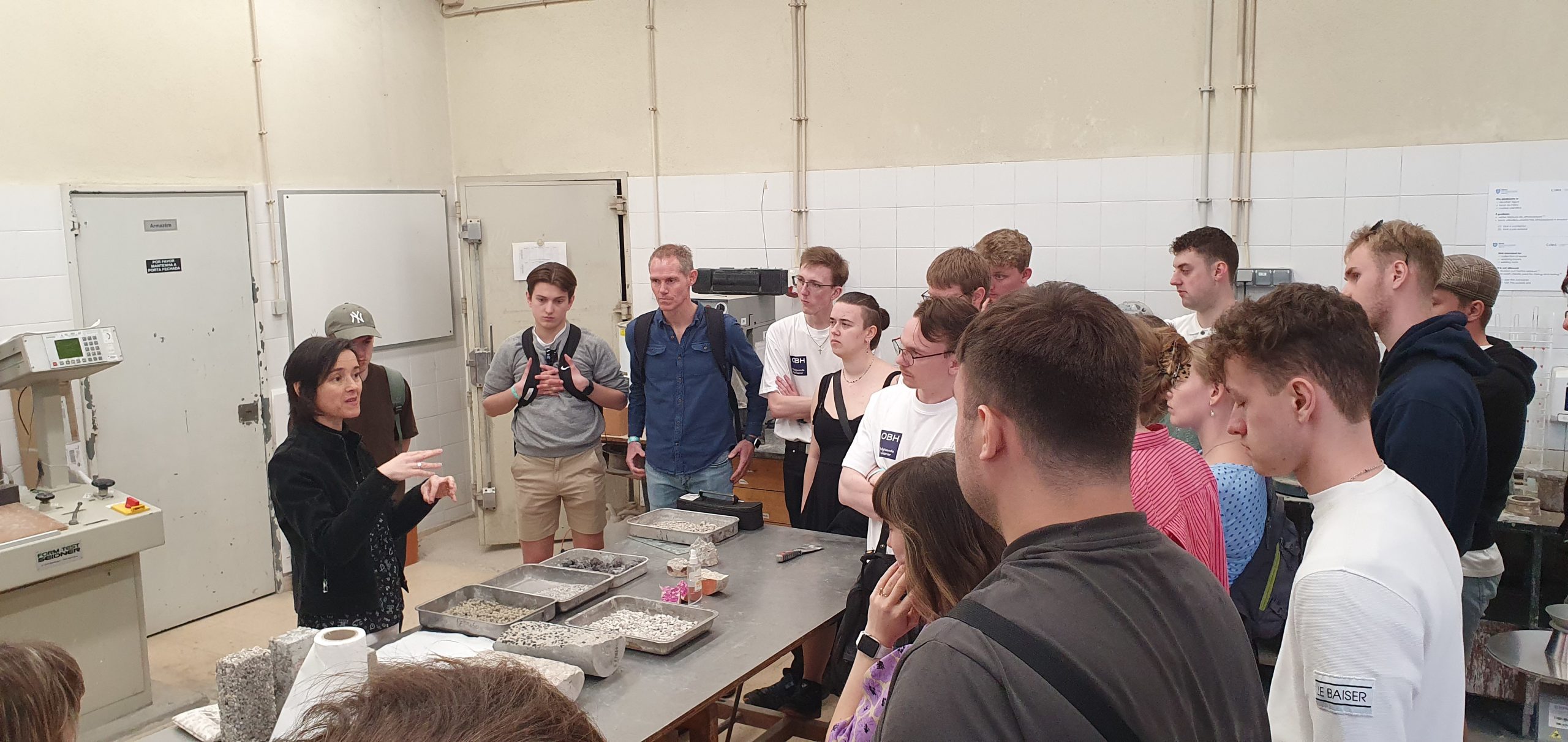
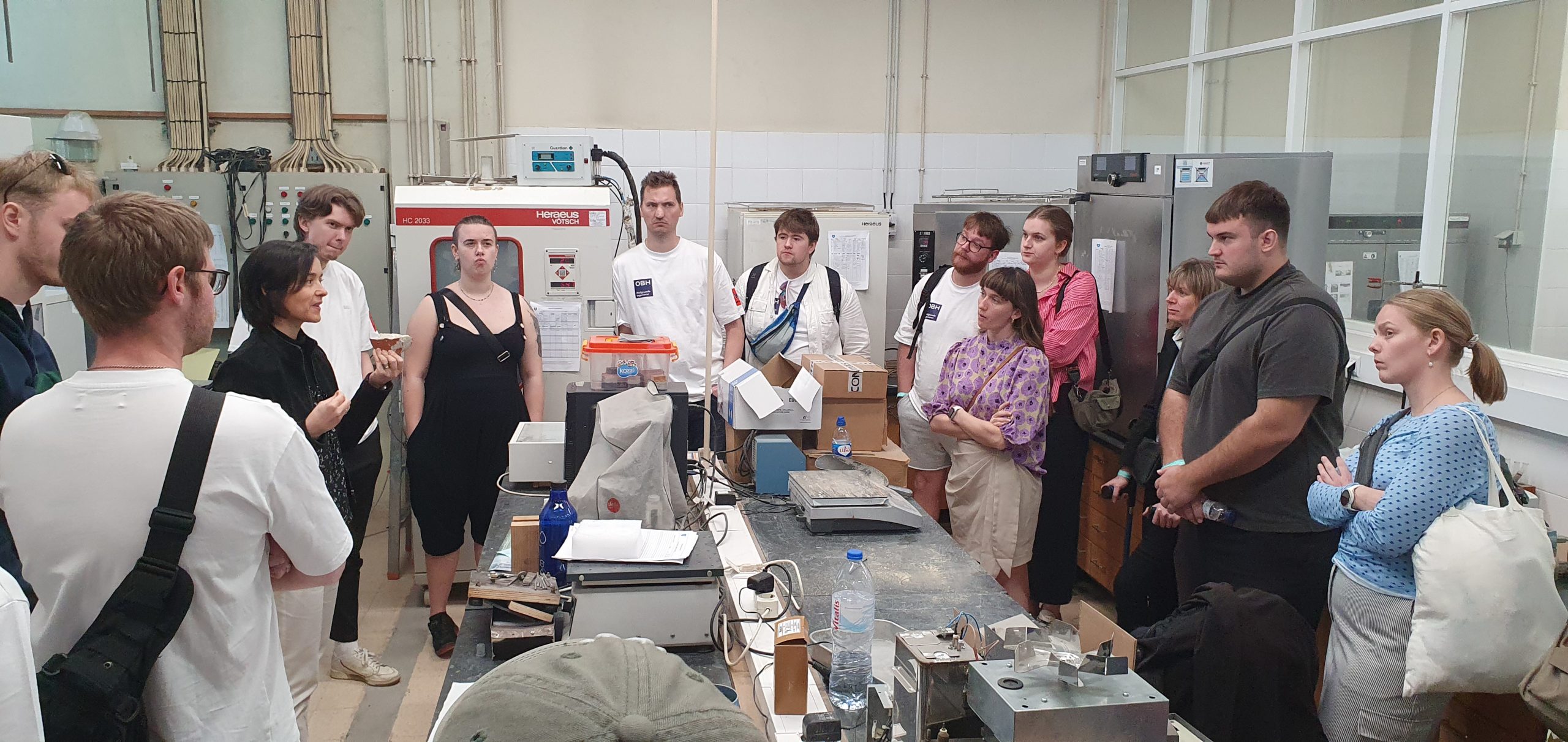
After these visits to the laboratories, a lunch/meeting was held at DECivil.
In the early afternoon, the students went to the DECivil Museum, where Professor Inês Flores-Colen gave a presentation about innovative and sustainable solutions for wall coverings.
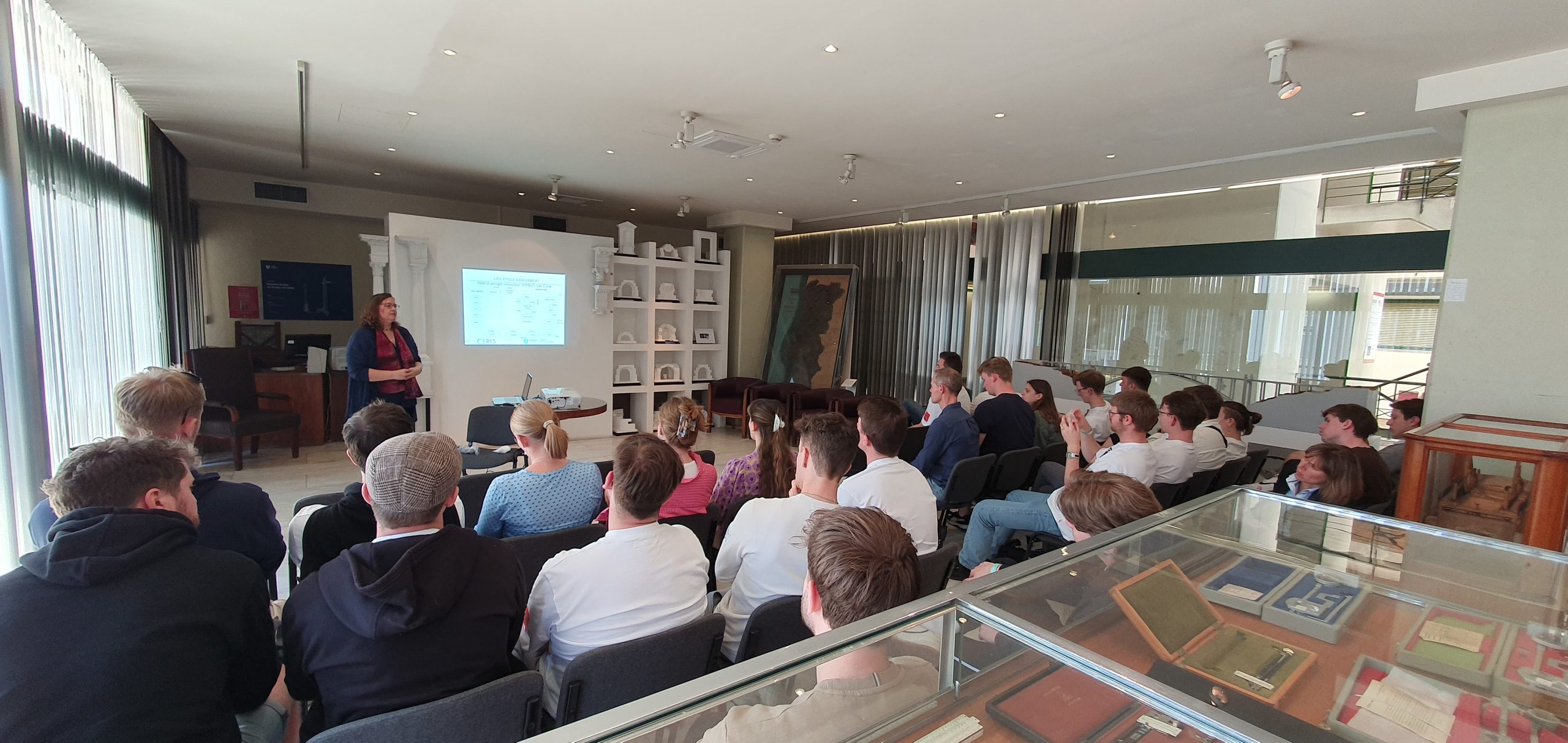
The group was then divided into two for visits to the Geotechnical and Communication and Transport Laboratories.
During the visit to the two rooms of the Transport Infrastructures Laboratory Professor Luís Picado Santos explained that the laboratory develops work in the areas of pavement mechanics, traffic engineering, management of the conservation of transport infrastructures and monitoring of service and safety conditions, having mentioned the numerous tests that can be carried out there.
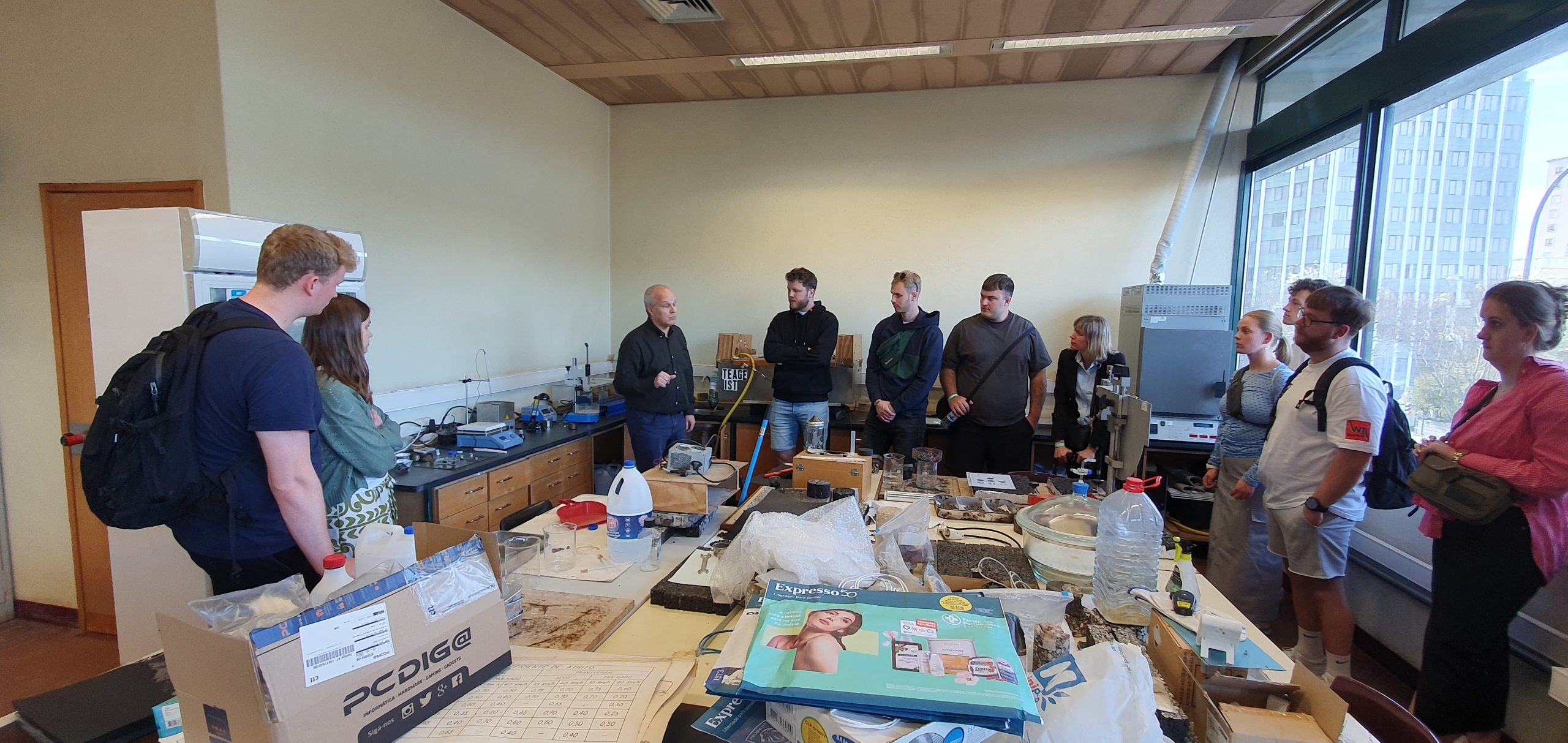
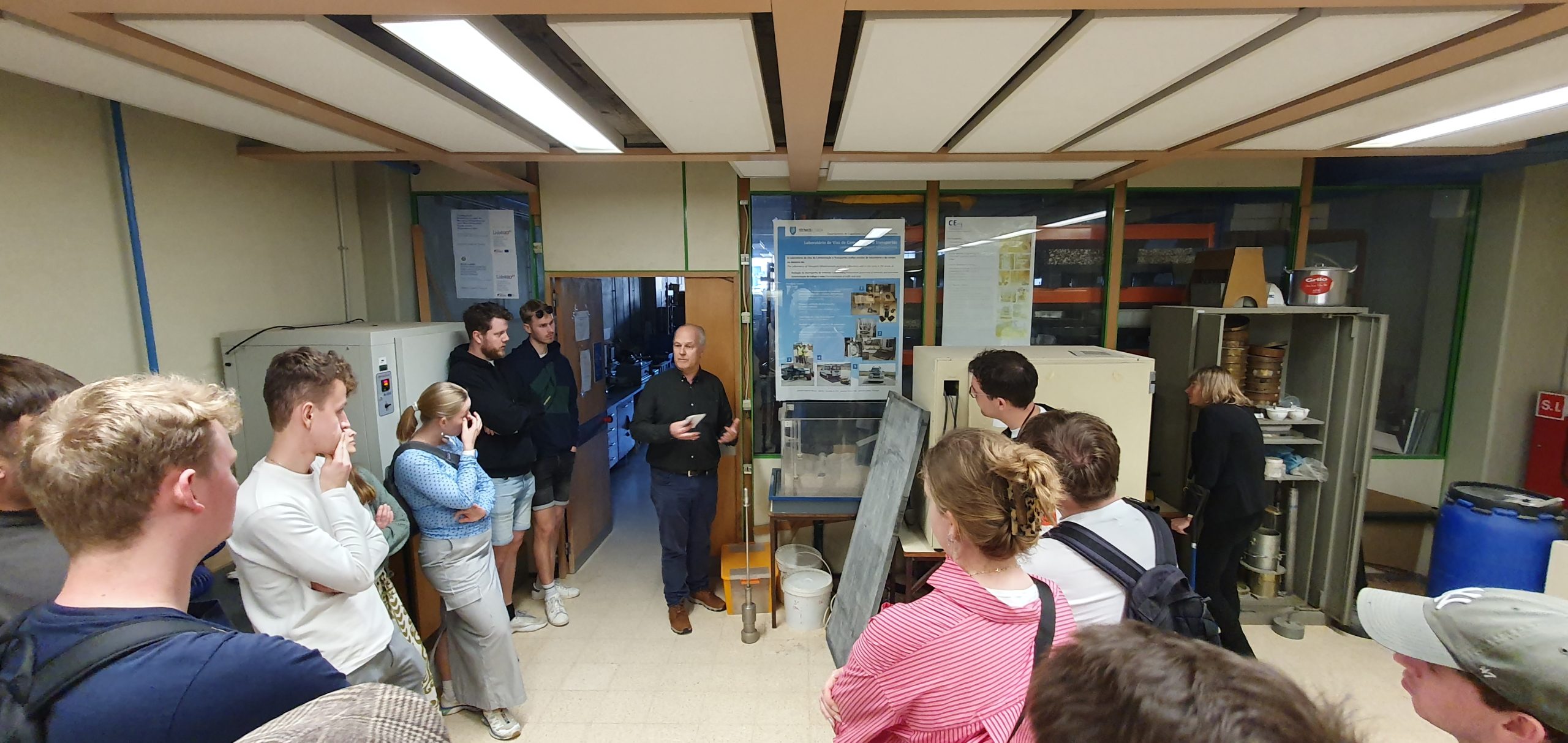
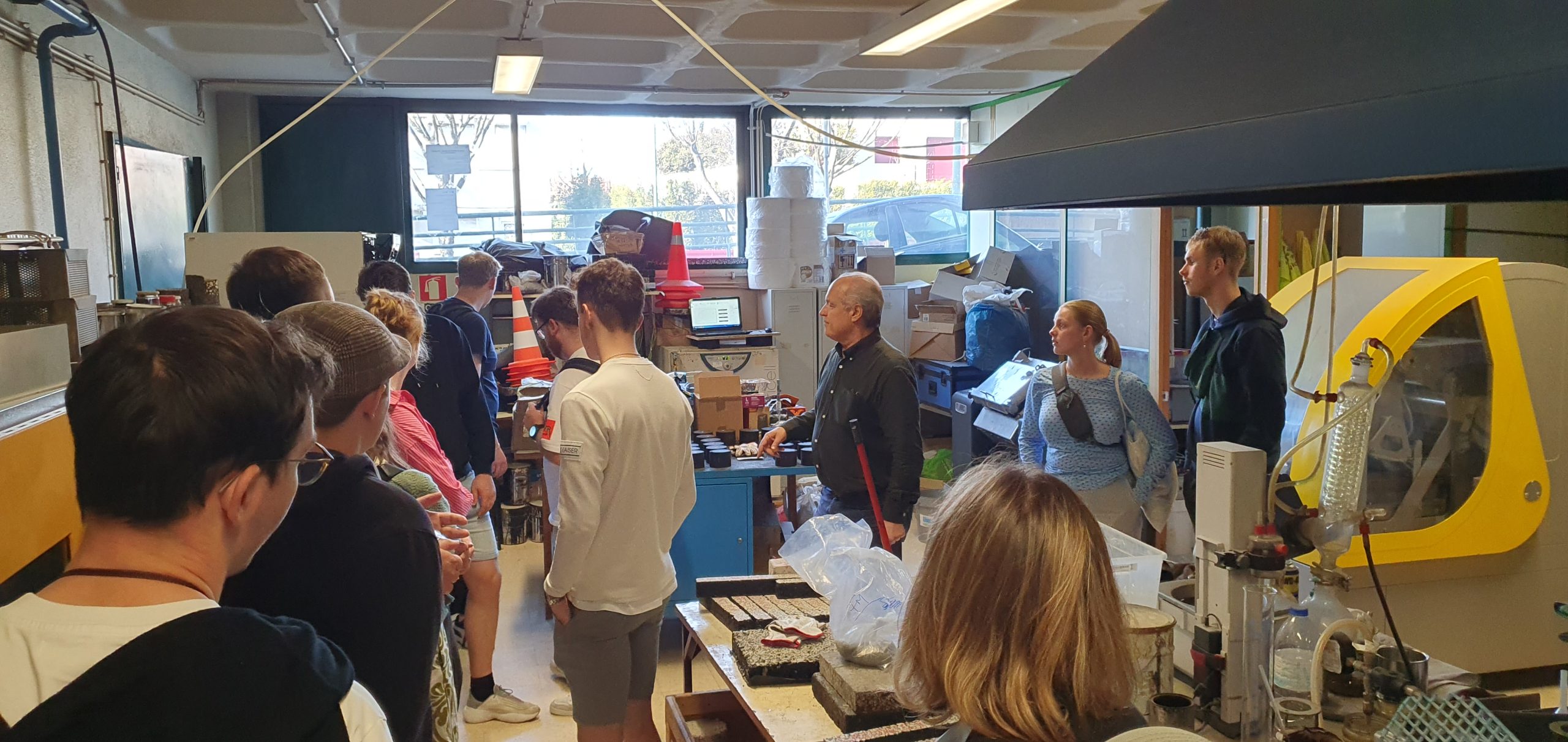
During the visit to the Geotechnics Laboratory, Professor Rafaela Cardoso showed some of the ongoing research projects focused on surface geothermal structures and biocementation. They had contact with the various applications of biocementation, namely to increase resistance to ravinement in slopes, land improvement and sealing joints. It was also possible to observe the various equipment for testing soils, such as edometrial and triaxial tests, and also equipment developed especially to apply biocementation in soils.
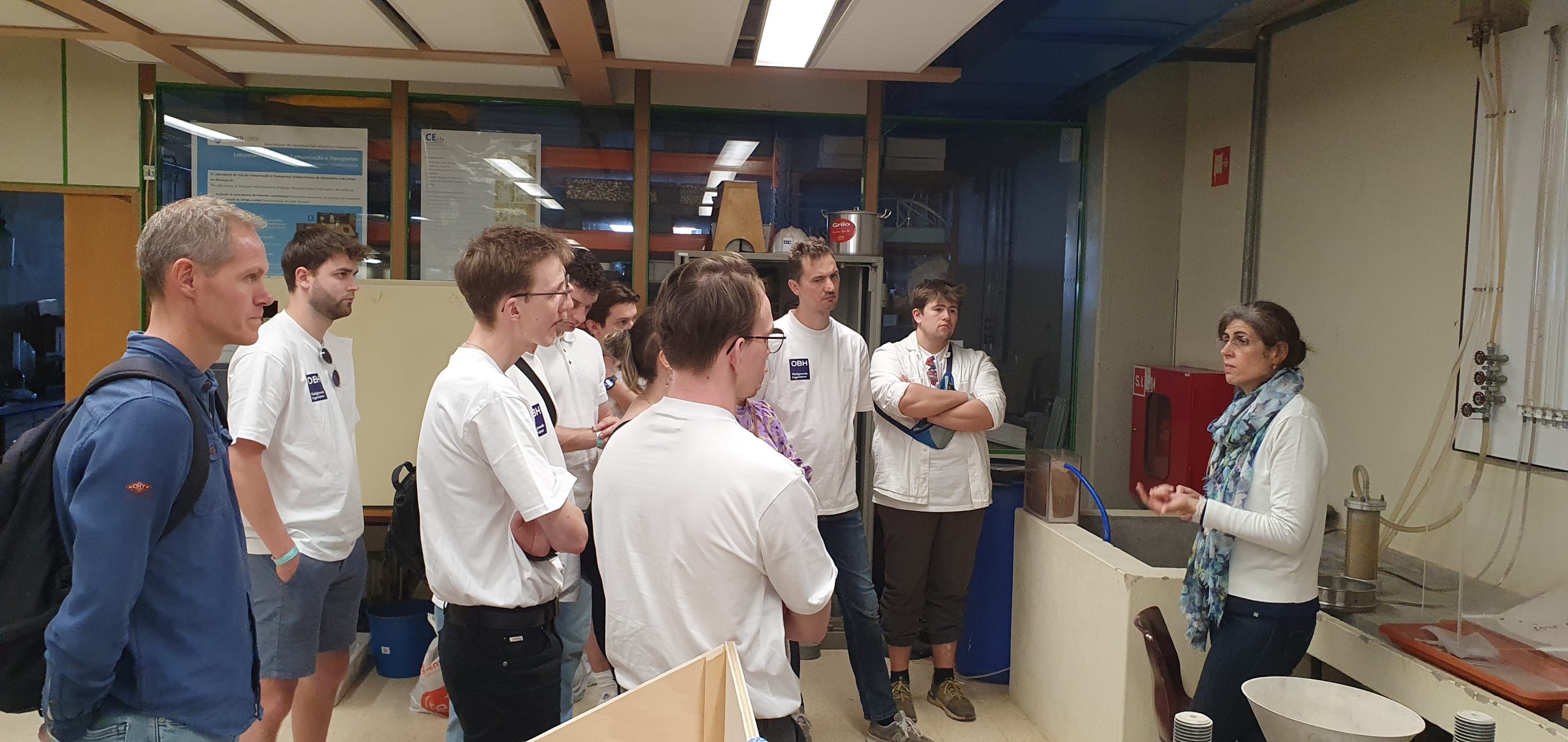
DECivil would like to thank these students from the University of Southern Denmark for their visit and to everyone who made it possible: Michelle Nowak Dupont, Professor José Oliveira Pedro, Professor Dídia Covas, Miguel Tavares, Professor Rita Vilela Nogueira, Professor Inês Flores-Colen, Professor Luís Picado Santos and Professor Rafaela Cardoso.
